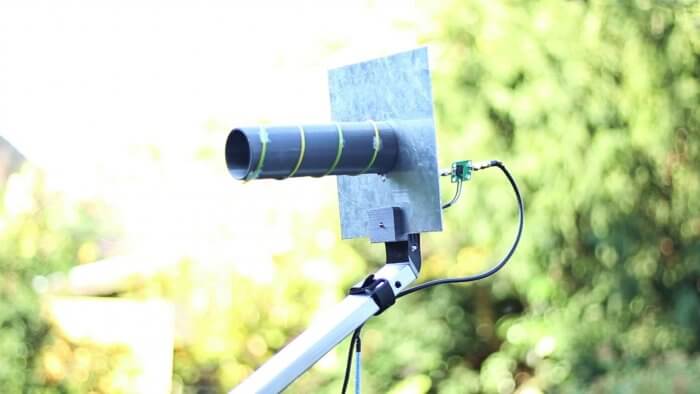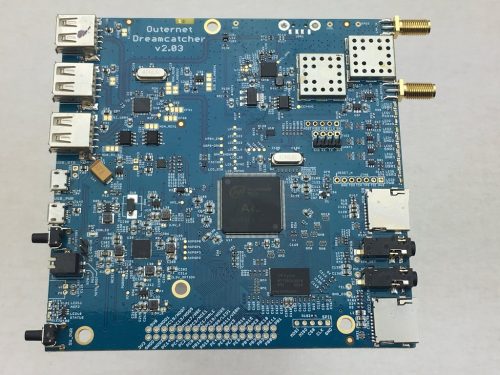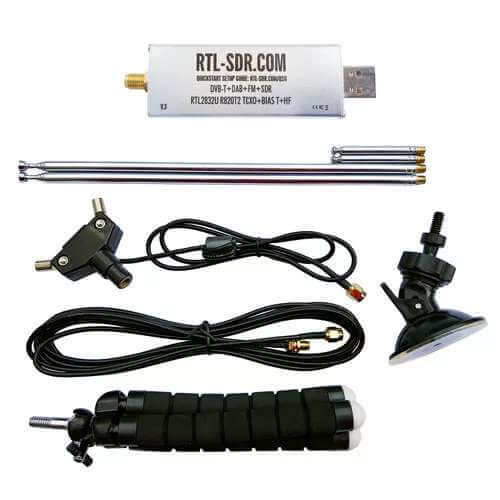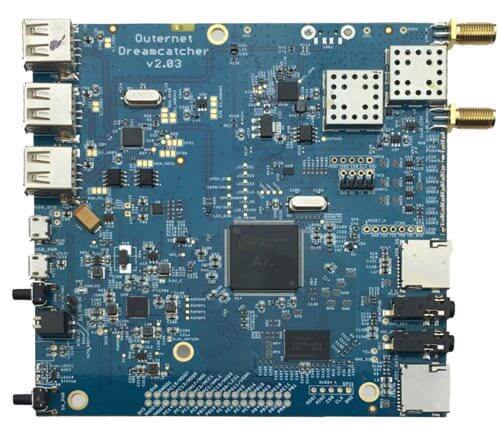Building a 3D Printed LHCP Helical L-Band Feed for Inmarsat, AERO and HRPT
Thanks to Manuel a.k.a. Tysonpower for submitting his latest YouTube video tutorial about building an 1550 MHz L-band LHCP helical antenna for receiving satellite signals such as Inmarsat, AERO and HRPT.
Manuel's design is based on a 3D printed part which is used to accurately form the helical winding. The winding then mounts onto an aluminum plate and a satellite dish arm using a custom 3D printed adapter for the dish arm. In the video he uses the helical feed with an 80cm satellite dish and a standard 40mm LNB mount on the dish arm. Attached to the feed are two LNAs in series which help to lower the noise figure and reduce losses in the coax cable.
With this setup he writes that he was able to get very good AERO and Outernet reception from Alphasat (25E geostationary). He also writes that he's had good results using it for HRPT reception as well.
The 3D printing STL files and list of parts required are available on Thingiverse, and the companion video is shown below. Note that the video is narrated in German, but English subtitles are available.





